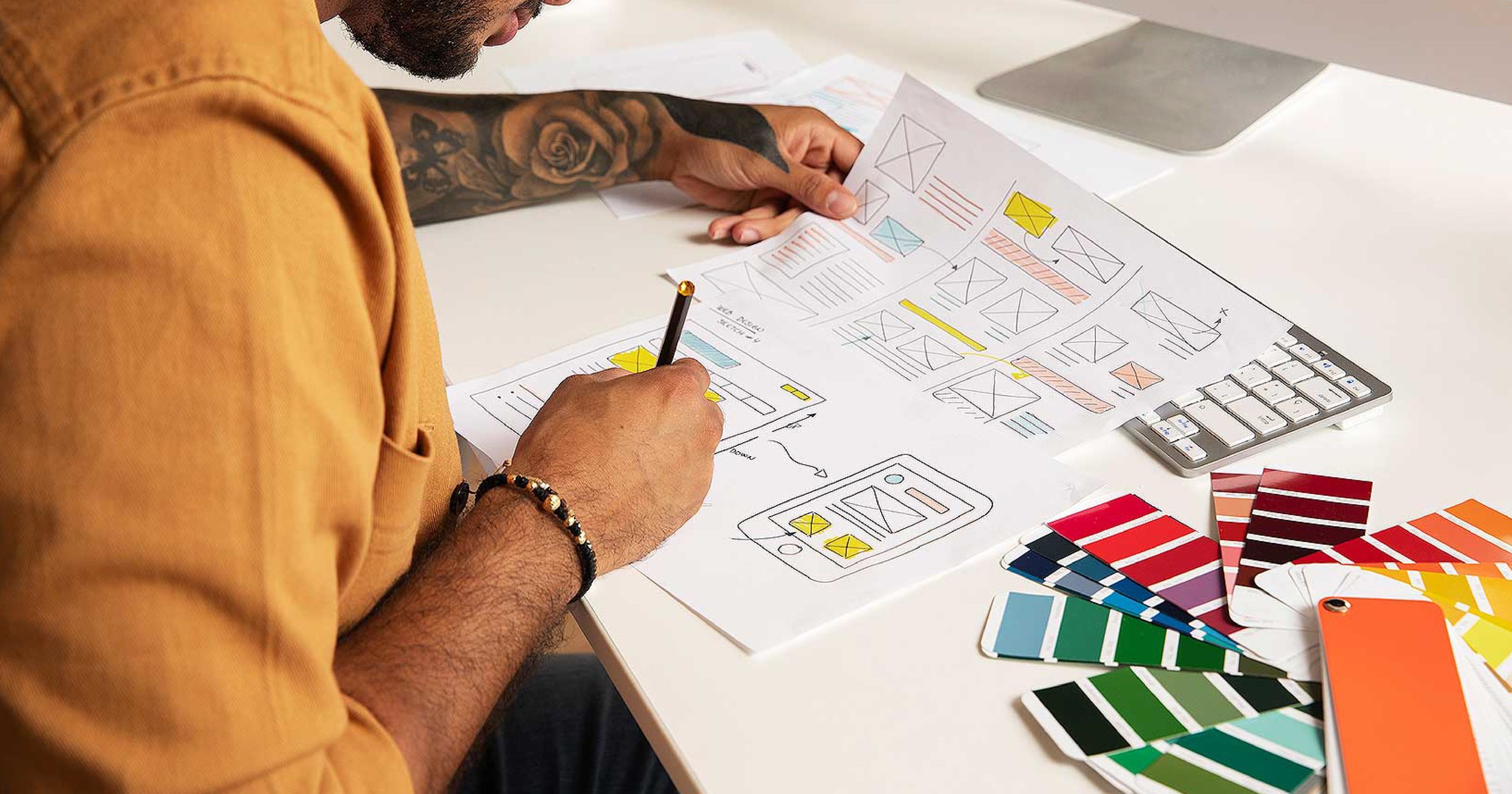The 6 things you can do to keep your website consistently on-brand
As digital marketers working with many local businesses, we frequently get asked by business owners how to maintain consistency in their website and digital branding, particularly when using a template from web builders like WordPress, Wix, or Squarespace.
The usual nagging issues are:
The content doesn’t tell the whole brand story because the provided spaces for text isn’t big enough
Images are pixelated because they are scaled up to fill a large space
Colours are just a little off and don’t match brand guidelines
There is inconsistent use of font types and sizes across the site
Our response back to them is usually: “Shouldn’t your site reflect your brand, design, and content strategy, and not the other way around? Why are you letting your template dictate your brand?”
How can I stay “on brand” with my website?
Our in-house design team are big believers in the power of consistency—it’s essential to staying true to your brand. Whether you’re refining an existing brand or creating a new one, keeping things consistent across your website is crucial for telling your unique story and standing out from the competition. When we kick off a design project, from wireframes to mockups, there are 6 key elements our team always focuses on to make sure your brand stays on track. Here’s a peek behind the curtain at what we obsess over to keep everything aligned:
1. Design your webpages one page at a time
Designing your website one page at a time and organizing it into content sections will get you started in implementing consistency in small chunks. You can separate sections of a page by logically looking at the content, and then apply your design choices for each section. Once you’re done with that page and you’re happy, then move onto the next one, which leads to tip #2…
2. Stay consistent with wireframes and initial concepts
Once you’re happy with the first page you have designed, you can easily reuse those section styles for next set of mockups and wireframes. Apply the same colour pallette, fonts, and image stylings as you’ve established from the first page consistently across future pages.
3. Select your colour palettes, fonts, and photo selections
Now it’s time to look at the finer details: Define with a colour palette of a handful of colours. Establish a font for both headers and paragraph content - you can use the same font for both, or different fonts for headers and paragraphs, but don’t use different fonts for the same type of content. Start a bank of stock photography with the same style to match the motif of your site.
4. Make sure your design works responsively
Nowadays, we are seeing a majority of traffic, sometimes even greater than 90%, coming from mobile sources. Ensure that your designs are “mobile first”, and will provide a great experience for those using phones to access your website. Making sure your graphical elements can scale, the content blocks can stack, and fonts are ideal for smaller devices will make a big difference for your mobile user experience.
5. Use both images and text to tell your story
Unless you’re writing legal copy, you will find most users are turned off by a “wall of text” on a website. Use a combination of icons, images, and copy to encourage readers to continue reading and engaging with your content. You’d be surprised at how much copy you can cut with great imagery while still capturing your the brand story.
6. Quality Control is key to consistency!
Have a diverse group of internal users test your design before you release it to your customers, or to the world. You may end up receiving feedback from angles that you never considered. Have your testers scrutinize the final design during design mockup stage, and certainly have them conduct quality control (QC) testing before you launch. Ask them specifically to provide feedback on your chosen UX elements like font, colours, image choices, and overall usability.
Keeping your website on-brand enables clear and effective storytelling. No matter if you’re selling a product, an idea, or something in between, you’ll find your customers will never second guess what you’re trying to convey if your design and UX is consistent.
Author
Steven Farrace is a the chief designer at Promentum Technologies, and has been crafting exceptional digital and physical media over three decades.



